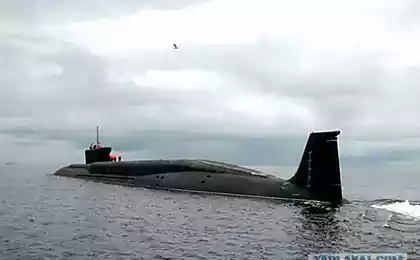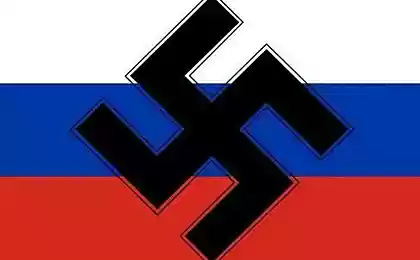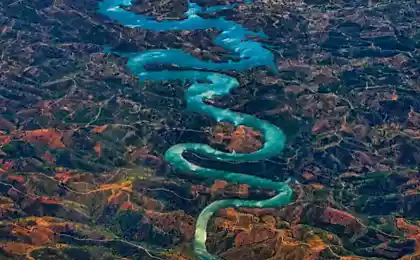325
What is the name of the longest river in Russia
“We all learned little by little, something and somehow,” wrote Alexander Sergeyevich almost two hundred years ago. And in the age of universal literacy, supplemented by universal access to the Internet, these words of the classic have not lost their relevance. To make sure of this clearly and to test their strength in practice, readers will be allowed to test our knowledge of geography.
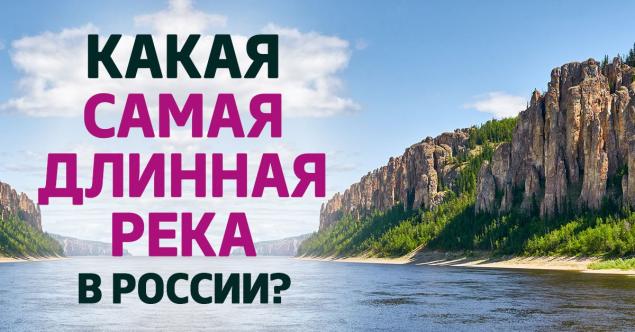
We will not ask the name of Suriname’s capital and which country is the world’s largest producer of tin. Let’s start with the simple and close, let’s talk about the great rivers of Russia.
#Questionstopping
Give me geography.
What is the longest river in Russia?
— Rollend (@yullmurr) December 14, 2016
There are more than 2 million rivers in Russia. The question of which one is the longest is not as simple as it initially seemed.
Measuring a river from the source to the mouth is a rather difficult task. Does it take into account tributaries (they can be longer than the river itself) and seasonal changes? What is the source? Which sleeves in the delta to choose? There are a lot of questions and, as a result, different measurement methods.
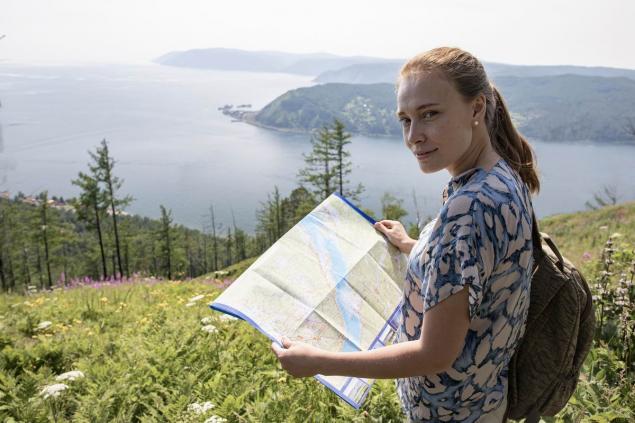
In scientific circles there are serious disputes even on such a seemingly well-known issue as the title of the longest river in the world. Until recently, every high school graduate confidently believed that Neil. More recently, however, scientists have (incredibly!) extended the Amazon by more than 600 km.
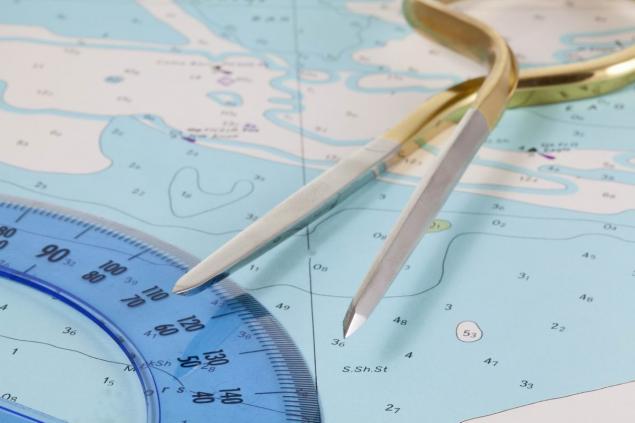
In order not to drown in endless disputes, we need a single coordinate system. Therefore, we agree to compare the length of rivers that flow completely through the territory of Russia, not counting tributaries. Let’s list the top five in order of increasing length.
Yenisei is one of the greatest rivers of the Earth and the deepest river in Russia (up to 220 meters in the Sayano-Shushensky reservoir). I remember the textbook “we make missiles and blocked the Yenisei”.

Actually, the Yenisei begins at the confluence of the Big and Small Yenisei. From the capital of the Republic of Tyva Kyzyl to the Kara Sea, its length is 3,487 km.
On its way, the Yenisei passes through all climatic zones of Siberia and is a natural border between Western and Eastern Siberia. Surprisingly, camels live in the upper reaches of the river, and polar bears live in the lower reaches.

At the same time, if you start counting from the source of the Ider River in Mongolia, the path along Selenga, Baikal, Angara and the Yenisei to the Arctic Ocean will be an impressive 5539 kilometers.
The mother of Russian rivers originates on the Valdai hill and flows into the Caspian Sea, taking over 200 tributaries. The length of the river is 3530 km, which makes it the longest in Europe.
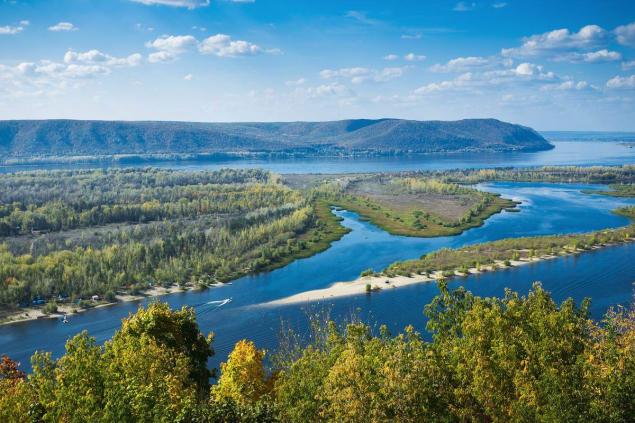
It is noteworthy that one of the tributaries of the Volga - Kama - is almost equal to it in water content and surpasses the Volga in the area of the basin.
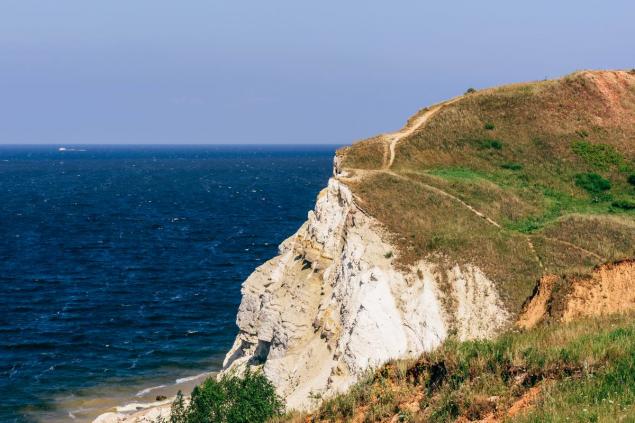
So this is another question: whether Kama flows into the Volga or, conversely, the Volga into Kama.
From the confluence of Katun and Bia in the Altai and to the confluence of the Ob Bay of the Kara Sea, the Ob has an equal account of 3650 kilometers. However, this river was lucky to acquire a unique (longest in the world) tributary.
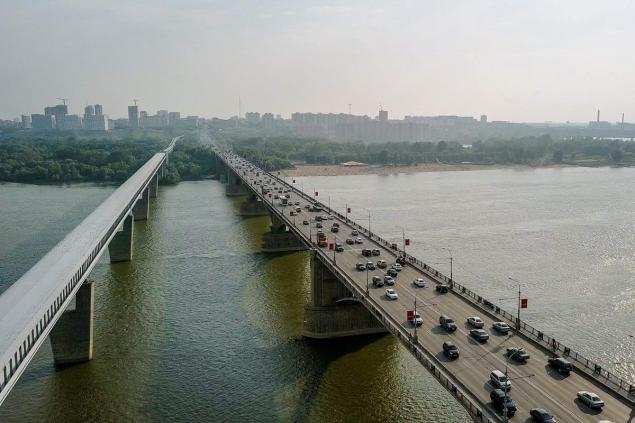
Starting from the border of Mongolia and China, through the territory of Kazakhstan (1700 km), the rough waters of the Irtysh require 4,248 km to join the Ob. The length of the Irtysh exceeds the length of the Ob itself.
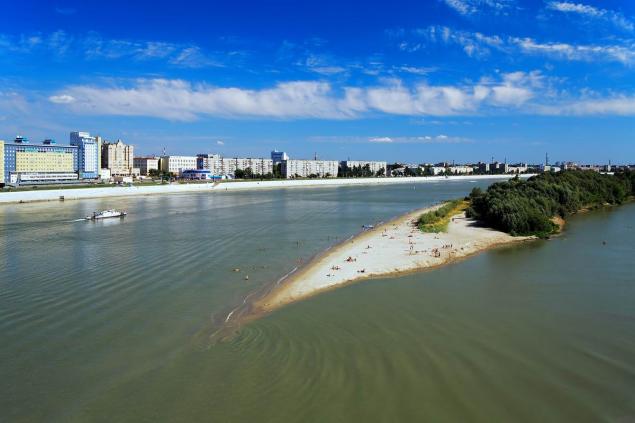
Due to this, the Ob-Irtysh river system has a length of 5,410 kilometers, which gives it sixth place in the world ranking.
Lena River Lena fully confirms its name, which comes from the Evenk word Yene, that is, “Very big river”. The source of the longest river in Russia is considered a small lake twelve kilometers from Lake Baikal.
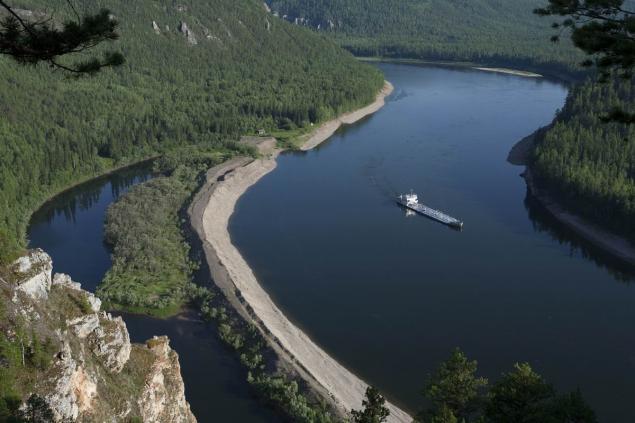
From this source to the mouth in the Laptev Sea of the Arctic Ocean, the river passes about 4400 kilometers.
The longest river in Russia is the Lena. Length: 4400 km. pic.twitter.com/NAKoB4ZpQB
— Interesting facts (@FactInteres) January 25, 2017
Lena is the largest of the Russian rivers, whose basin lies entirely within the country. It is also the largest river in the world, flowing entirely in the permafrost region.
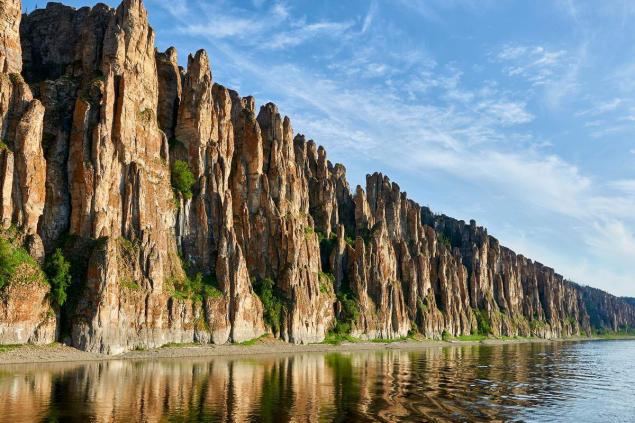
If we consider the length of the Lena from the upper reaches of its largest tributary - Vitim, the result will be much more weighty - 5100 kilometers, which brings the Lena-Vitim river system to 8th place in the world.
In conclusion, we list the longest rivers in Russia without tributaries. The longest river in Russia is the Lena (4400 km), then the Ob (3650) km, quite a bit behind the Volga (3530 km) and the Yenisei (3487 km).
For the sake of justice, one cannot ignore another great river. If you count the length of the Amur from the sources of the Shilki River, it will be 4416 km. And from the source of Kerulen - even 5052 km. But Wikipedia indicates the length of the merger of Shilki and Arguni, and it is only 2824 km.
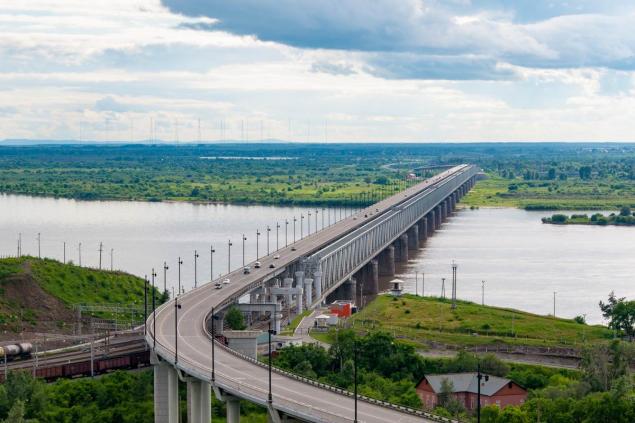
The Amur River basin is located within three countries: Russia (about 54%), China (44.2%) and Mongolia (1.8%). It occupies the fourth place in area (1855 thousand km2) among the rivers of Russia (after the Yenisei, Ob and Lena).
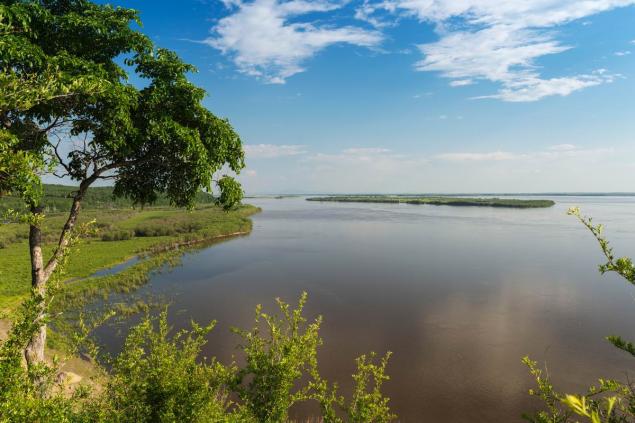
It is interesting that among scientists there is no consensus (how is this possible!), into which sea the river flows. According to most domestic experts, the Amur falls into the Amur estuary belonging to the Sea of Okhotsk. A number of foreign geographers believe that the Amur estuary is the territory of the Sea of Japan.
As we can see, Russia is rich in rivers. I hope that our geography test helped refresh the memory of a school textbook, someone was interested in funny details, and someone, as you know, inspired to go on an exciting journey along the picturesque river banks.

We will not ask the name of Suriname’s capital and which country is the world’s largest producer of tin. Let’s start with the simple and close, let’s talk about the great rivers of Russia.
#Questionstopping
Give me geography.
What is the longest river in Russia?
— Rollend (@yullmurr) December 14, 2016
There are more than 2 million rivers in Russia. The question of which one is the longest is not as simple as it initially seemed.
Measuring a river from the source to the mouth is a rather difficult task. Does it take into account tributaries (they can be longer than the river itself) and seasonal changes? What is the source? Which sleeves in the delta to choose? There are a lot of questions and, as a result, different measurement methods.

In scientific circles there are serious disputes even on such a seemingly well-known issue as the title of the longest river in the world. Until recently, every high school graduate confidently believed that Neil. More recently, however, scientists have (incredibly!) extended the Amazon by more than 600 km.

In order not to drown in endless disputes, we need a single coordinate system. Therefore, we agree to compare the length of rivers that flow completely through the territory of Russia, not counting tributaries. Let’s list the top five in order of increasing length.
Yenisei is one of the greatest rivers of the Earth and the deepest river in Russia (up to 220 meters in the Sayano-Shushensky reservoir). I remember the textbook “we make missiles and blocked the Yenisei”.

Actually, the Yenisei begins at the confluence of the Big and Small Yenisei. From the capital of the Republic of Tyva Kyzyl to the Kara Sea, its length is 3,487 km.
On its way, the Yenisei passes through all climatic zones of Siberia and is a natural border between Western and Eastern Siberia. Surprisingly, camels live in the upper reaches of the river, and polar bears live in the lower reaches.

At the same time, if you start counting from the source of the Ider River in Mongolia, the path along Selenga, Baikal, Angara and the Yenisei to the Arctic Ocean will be an impressive 5539 kilometers.
The mother of Russian rivers originates on the Valdai hill and flows into the Caspian Sea, taking over 200 tributaries. The length of the river is 3530 km, which makes it the longest in Europe.

It is noteworthy that one of the tributaries of the Volga - Kama - is almost equal to it in water content and surpasses the Volga in the area of the basin.

So this is another question: whether Kama flows into the Volga or, conversely, the Volga into Kama.
From the confluence of Katun and Bia in the Altai and to the confluence of the Ob Bay of the Kara Sea, the Ob has an equal account of 3650 kilometers. However, this river was lucky to acquire a unique (longest in the world) tributary.

Starting from the border of Mongolia and China, through the territory of Kazakhstan (1700 km), the rough waters of the Irtysh require 4,248 km to join the Ob. The length of the Irtysh exceeds the length of the Ob itself.

Due to this, the Ob-Irtysh river system has a length of 5,410 kilometers, which gives it sixth place in the world ranking.
Lena River Lena fully confirms its name, which comes from the Evenk word Yene, that is, “Very big river”. The source of the longest river in Russia is considered a small lake twelve kilometers from Lake Baikal.

From this source to the mouth in the Laptev Sea of the Arctic Ocean, the river passes about 4400 kilometers.
The longest river in Russia is the Lena. Length: 4400 km. pic.twitter.com/NAKoB4ZpQB
— Interesting facts (@FactInteres) January 25, 2017
Lena is the largest of the Russian rivers, whose basin lies entirely within the country. It is also the largest river in the world, flowing entirely in the permafrost region.

If we consider the length of the Lena from the upper reaches of its largest tributary - Vitim, the result will be much more weighty - 5100 kilometers, which brings the Lena-Vitim river system to 8th place in the world.
In conclusion, we list the longest rivers in Russia without tributaries. The longest river in Russia is the Lena (4400 km), then the Ob (3650) km, quite a bit behind the Volga (3530 km) and the Yenisei (3487 km).
For the sake of justice, one cannot ignore another great river. If you count the length of the Amur from the sources of the Shilki River, it will be 4416 km. And from the source of Kerulen - even 5052 km. But Wikipedia indicates the length of the merger of Shilki and Arguni, and it is only 2824 km.

The Amur River basin is located within three countries: Russia (about 54%), China (44.2%) and Mongolia (1.8%). It occupies the fourth place in area (1855 thousand km2) among the rivers of Russia (after the Yenisei, Ob and Lena).

It is interesting that among scientists there is no consensus (how is this possible!), into which sea the river flows. According to most domestic experts, the Amur falls into the Amur estuary belonging to the Sea of Okhotsk. A number of foreign geographers believe that the Amur estuary is the territory of the Sea of Japan.
As we can see, Russia is rich in rivers. I hope that our geography test helped refresh the memory of a school textbook, someone was interested in funny details, and someone, as you know, inspired to go on an exciting journey along the picturesque river banks.
How to keep raspberries fresh until the next harvest
Why rub raw potatoes on a grater, but not for food?









